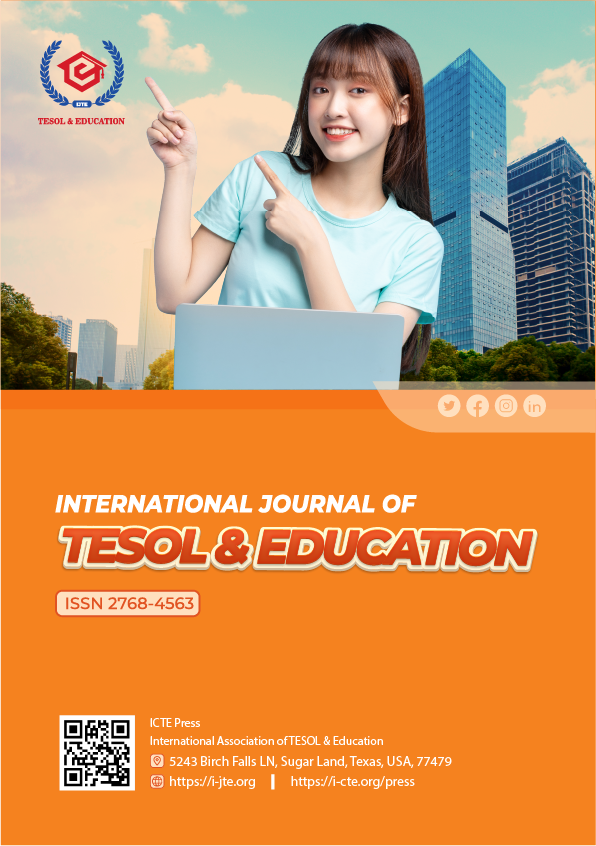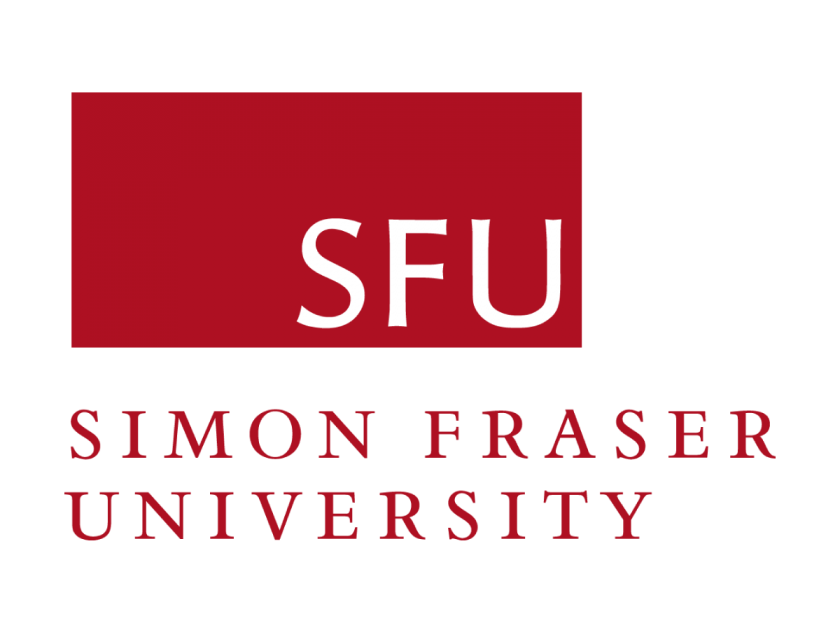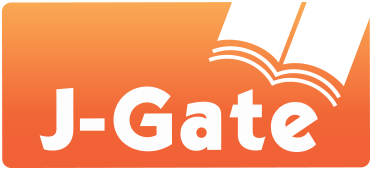Exploring the Organization of Consecutive Group-Work Activities in English Lessons: A Case Study at a Public University
DOI:
https://doi.org/10.54855/ijte.25539Keywords:
Group work, classroom activities, enhance, English lessonsAbstract
Group work is considered a practical pedagogical method applied at all educational levels, especially in fostering students' collaboration, learner autonomy, and engagement in language learning. However, how to implement group work activities efficiently depends on various factors, among which the teacher’s role is centered as a designer, organizer, and facilitator. This study presents a groupwork application in classroom management technique, in which students are grouped once and remain in fixed groups for all English course activities throughout the semester. The method has been implemented on multiple occasions with consistently positive outcomes. A qualitative study was later conducted through interviews with nine students and two teachers following the application of this technique during a semester-long English course. The findings indicate that fixed group structures fostered the students’ engagement, responsibility, and teamwork skills. Based on the results, the study offers practical recommendations for organizing and sustaining effective group work in English language classrooms to enhance student participation and learning outcomes.
References
Awuor, N. O., Weng, C., & Militar, R. (2022). Teamwork competency and satisfaction in online group project-based engineering course: The cross-level moderating effect of collective efficacy and flipped instruction. Computers & Education, 176, 104357. https://doi.org/10.1016/j.compedu.2021.104357
Bao, D., & Pham, T. (Eds.). (2021). Transforming pedagogies through engagement with learners, teachers and communities (Vol. 57). Springer Nature. https://doi.org/10.1007/978-981-16-0057-9
Barkley, E.F., Cross, K.P., & Major, C.H. (2005). Collaborative learning techniques. San Francisco: Jossey-Bass.
Beebe, S. A., & Masterson, J. T. (2003). Communicating in small groups. Pearson Education Inc. Boston: Massachusetts.
Bui, T. L. D., & Nguyen, H. T. M. (2024). Matches and Mismatches in Perceptions of Group Work: Voices from EFL Teachers and Students. TESL-EJ, 28(2), n2.
Caruso, H. M., & Williams Woolley, A. (2008). Harnessing the power of emergent interdependence to promote diverse team collaboration. In Diversity and groups (pp. 245-266). Emerald Group Publishing Limited.
Chowdhury, T. A. (2021). Fostering learner autonomy through cooperative and collaborative learning. Shanlax International Journal of Education, 10(1), 89-95. https://doi.org/10.34293/education.v10i1.4347
Cotterall, S. (2000). Promoting learner autonomy through the curriculum: Principles for designing language courses. ELT Journal, 54(2), 109–117. https://doi.org/10.1093/elt/54.2.109
Csernica, J., Hanyka, M. Hyde, D., Shooter, S., Toole, M., & Vigeant, M. (2002). Practical guide to teamwork, version 1.1. College of Engineering, Bucknell University.
Dahal, N., Manandhar, N. K., Luitel, L., Luitel, B. C., Pant, B. P., & Shrestha, I. M. (2022). ICT tools for remote teaching and learning mathematics: A proposal for autonomy and engagements. Online Submission, 2(1), 289-296. https://doi.org/10.25082/AMLER.2022.01.013
Do, M. H., & Le, N. L. (2019). English Majors’ Perceptions of Group Work and English Use in Group Activities at Dong Thap University Arab World English Journal, 10 (4) 374- 386. DOI: https://dx.doi.org/10.24093/awej/vol10no4.27
Dörnyei, Z., & Murphey, T. (2003). Group dynamics in the language classroom (Vol. 10). Cambridge: Cambridge University Press.
Egitim, S. (2025). Collaborative leadership in English language classrooms: Engaging learners in leaderful classroom practices and strategies. International Journal of Leadership in Education, 28(1), 32-52. https://doi.org/10.1080/13603124.2021.1990413
Gillies, R. M. (2016). Cooperative learning: Review of research and practice. Australian Journal of Teacher Education (Online), 41(3), 39-54.
Gillies, R. M. (2023). Using cooperative learning to enhance students’ learning and engagement during inquiry-based science. Education Sciences, 13(12), 1242. https://doi.org/10.3390/educsci13121242
Hanan A. T., & Nowreyah A. A., (2014). Effect of Group Work on EFL Students’ Attitudes and Learning in Higher Education. Journal of Education and Learning, 3(2), 52-65. http://dx.doi.org/10.5539/jel.v3n2p52
Huang, X., & Lajoie, S. P. (2023). Social emotional interaction in collaborative learning: Why it matters and how can we measure it?. Social Sciences & Humanities Open, 7(1), 100447. https://doi.org/10.1016/j.ssaho.2023.100447
Homayouni, M. (2022). Peer assessment in group-oriented classroom contexts: On the effectiveness of peer assessment coupled with scaffolding and group work on speaking skills and vocabulary learning. Language Testing in Asia, 12(1), 61. https://doi.org/10.1186/s40468-022-00211-3
Jeon, I. S., Kim, S. Y., & Kang, S. J. (2024). Developing Standards for Educational Datasets by School Level: A Framework for Sustainable K-12 Education. Sustainability, 16(12), 4954. https://doi.org/10.3390/su16124954
Johnson, D. (2005). Cooperative learning: Increasing college faculty instructional productivity. Retrieved from http://www.ntlf.com/htm/lib/bib/92-2dig.htm
Keiler, L. S. (2018). Teachers’ roles and identities in student-centered classrooms. International journal of STEM education, 5, 1-20. https://doi.org/10.1186/s40594-018-0131-6
Le, T. N. D., & Nguyen, B. H. (2017). Factors influencing group work of students in learning English as a foreign language (EFL): A case study at a Vietnamese university. CTU Journal of Innovation and Sustainable Development, (06), 9-16. https://doi.org/10.22144/ctu.jen.2017.021
Lee, W. C., & Lai, C. L. (2024). Facilitating mathematical argumentation by gamification: A gamified mobile collaborative learning approach for math courses. International Journal of Science and Mathematics Education, 1-25. https://doi.org/10.1007/s10763-024-10462-6
Little, D. (2022). Language learner autonomy: Rethinking language teaching. Language Teaching, 55(1), 64-73. https://doi.org/10.1017/S0261444820000488
Liu, Y., Thurston, A., & Ye, X. (2024). Technology-enhanced cooperative language learning: A systematic review. International Journal of Educational Research, 124, 102314. https://doi.org/10.1016/j.ijer.2024.102314
Liu, Z., Zhang, N., Peng, X., Liu, S., Yang, Z., Peng, J., ... & Chen, J. (2022). Exploring the relationship between social interaction, cognitive processing and learning achievements in a MOOC discussion forum. Journal of Educational Computing Research, 60(1), 132-169. https://doi.org/10.1177/07356331211027300
Long, M. H., Adams. L., Mclean, M. and Castanos, F. 1976. Doing things with words: Verbal interaction in lockstep and small group classroom situations. In Fanselow. J. and Crymes. R. (Eds.) On TESOL '76. Washington.D.C.: TESOL Inc.
Ly, C. K. (2024). Teachers’ roles on English language teaching for promoting learner-centered language learning: A theoretical review. International Journal of TESOL & Education, 4(2), 78-98. https://doi.org/10.54855/ijte.24425
MacAllister, G. P. (2025). The Impact of Emotion-Based Teaching Strategies on Motivation in Collaborative Learning. Journal of Advanced Research in Education, 4(1), 7-10.
Mannix, E., & Neale, M. A. (2005). What differences make a difference? The promise and reality of diverse teams in organizations. Psychological science in the public interest, 6(2), 31-55.
Nguyen, T. H. H., Ho, T. N., Do, T. M. D., & Pham, T. T. T. (2024). Factors Affecting Learner Autonomy in EMI Studying of English-Major Students at some Economics Universities in Hanoi, Vietnam. International Journal of Language Instruction, 3(3), 36-53. https://doi.org/10.54855/ijli.24333
Pedersen, S., & Liu, M. (2003). Teachers’ beliefs about issues in the implementation of a student-centered learning environment. Educational Technology Research and Development, 51(2), 57.
Pham, T. H. (2023). Fostering learner autonomy in a blended learning environment: EFL teachers' practices at Hanoi University of Industry. International Journal of TESOL & Education, 3(3), 39-56. DOI: https://doi.org/10.54855/ijte.23333
Phan, D. T. A. (2024). Potential Factors (De) Motivating English Majors’ Autonomous Language Learning beyond the Classroom at a Public Higher Education Institution in Vietnam.
Roberson, B., & Franchini, B. (2014). Effective task design for the TBL classroom. Journal on Excellence in College Teaching, 25(3&4), 275-302.
Rohmah, F. N., & Aditya, D. S. (2023). EFL Teachers’reflection in the Implementation of Online Flipped Classroom: Challenges and Strategies. English Review: Journal of English Education, 11(2), 335-346. https://doi.org/10.25134/erjee.v11i2.7711
Sato, M., & Loewen, S. (2022). The research–practice dialogue in second language learning and teaching: Past, present, and future. The Modern Language Journal, 106(3), 509-527. https://doi.org/10.1111/modl.12791
Silva, R., Farias, C., & Mesquita, I. (2021). Cooperative learning contribution to student social learning and active role in the class. Sustainability, 13(15), 8644. https://doi.org/10.3390/su13158644
Slavin, R. E. (1996). Research on cooperative learning and achievement: What we know, what we need to know. Contemporary educational psychology, 21(1), 43-69.
Tanaka, M. (2022). Individual perceptions of group work environment, motivation, and achievement. International Review of Applied Linguistics in Language Teaching, 60(4), 1201-1225.
Tran, T. M. L., & Nguyen, T. T. H. (2021). The Impacts of Technology-based Communication on EFL Students’ Writing. AsiaCALL Online Journal, 12(5), 54-76. Retrieved from https://www.asiacall.info/acoj/index.php/journal/article/view/80
Ulla, M. B., & Perales, W. F. (2021). Employing group work for task performances in a task-based learning classroom: evidence from a university in Thailand. 3L, Language, Linguistics, Literature, 27(2), 89-100.
Wang, M., Alavi, M., & Izadpanah, S. (2023). The impact of jigsaw cooperative learning on academic motivation, academic hardiness, and self-efficacy of English Foreign Language learners. Learning and Motivation, 84, 101940. https://doi.org/10.1016/j.lmot.2023.101940
Wenjing, Z. (2011). The Effects of Cooperative Learning on Improving College Students’ Reading Comprehension. Theory and Practice in Language Studies, Vol. 1, No. 8, pp. 986-989, August 2011.
Wilson, K. J., Brickman, P., & Brame, C. J. (2018). Group work. CBE—Life Sciences Education, 17(1), fe1.
Zhang, S., Gao, Q., Sun, M., Cai, Z., Li, H., Tang, Y., & Liu, Q. (2022). Understanding student teachers’ collaborative problem solving: Insights from an epistemic network analysis (ENA). Computers & Education, 183, 104485. https://doi.org/10.1016/j.compedu.2022.104485
Zitha, I., Mokganya, G., & Sinthumule, O. (2023). Innovative strategies for fostering student engagement and collaborative learning among extended curriculum programme students. Education Sciences, 13(12), 1196. https://doi.org/10.3390/educsci13121196
Downloads
Published
Issue
Section
License
Copyright (c) 2025 Le Duc Hanh, Nguyen Thi Le Thuy

This work is licensed under a Creative Commons Attribution 4.0 International License.
The copyright of all articles published in the International Journal of TESOL & Education (ijte) remains with the Authors, i.e. Authors retain full ownership of their article. Permitted third-party reuse of the open access articles is defined by the applicable Creative Commons (CC) end-user license which is accepted by the Authors upon submission of their paper. All articles in the ijte are published under the CC BY-NC 4.0 license, meaning that end users can freely share an article (i.e. copy and redistribute the material in any medium or format) and adapt it (i.e. remix, transform and build upon the material) on the condition that proper attribution is given (i.e. appropriate credit, a link to the applicable license and an indication if any changes were made; all in such a way that does not suggest that the licensor endorses the user or the use) and the material is only used for non-commercial purposes.
Authors retain copyright and grant the journal the right of first publication with the work simultaneously licensed under a Creative Commons Attribution 4.0 International License that allows others to share the work with an acknowledgment of the work's authorship and initial publication in this journal.
Authors are able to enter into separate, additional contractual arrangements for the non-exclusive distribution of the journal's published version of the work (e.g., post it to an institutional repository, in a journal or publish it in a book), with an acknowledgment of its initial publication in this journal.











